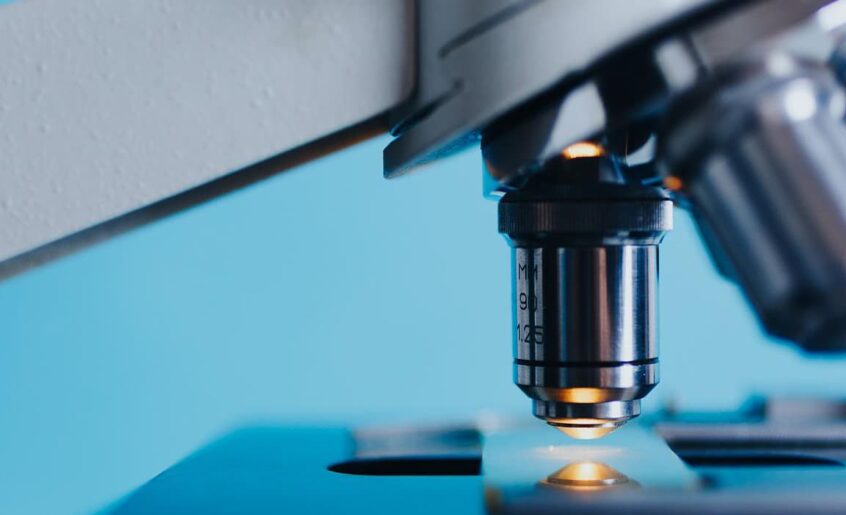Engineering to create electronic projects in the field of medicine is known to be widely represented in clinics and large hospitals. Thus, this practice aims to maintain the right structure of the healthcare field by implementing various tools and processes that benefit medicine. All of the methods used in the mathematical sciences are carried out in this context, forming true modern biological systems. In fact, it was at this point that the medical field found itself limited in its efforts and found it necessary to connect with the technological field, making innovation contribute to saving and preventing various diseases. The factors are explained by the fact that electromedicine uses mathematical tools as well as physical and chemical processes to make connections with biological functions, creating theories about understanding the human body to use techniques and methodologies. Thus, artificial organs were created as a basis for effective research, in addition to the important equipment associated with implants, among other practices. The result of this fusion has been the growth of major hospital centers and important systems and projects created to combat and prevent various types of diseases.
However, it is well known that when it comes to the human body, there are major challenges. Thus, the engineering practices associated with electronic medical projects have evolved in line with the growth of social consciousness. The dedication to research must be constant because, despite intensive efforts, many medical specialties need new implementations. One of the most useful areas has to do with orthopedics in addition to the cardiorespiratory specialty because it has important elements available for research.
The creation of biomedical engineering essentially came about because of the commitment of engineers who were determined to invest in the field, looking for cutting-edge technologies to solve various health problems. In fact, not only medicine, but also various fields of biological science have made remarkable strides. Thus, it is known that the success achieved in the medical and biological field is the result of various knowledge contained in mathematics, physics, engineering, information technology, among other areas of knowledge related to the exact sciences. Thus, combining several disciplines has made the medical field successful and has begun to work with modern technology.
As a result, bioengineering became a real necessity in improving health-related services. Regarding the growth of technology in Brazil, it is known that there was a growth of postgraduate courses in biomedical engineering after 1990, where there was a real structuring of the topic.
Despite the barriers, the future of electromedicine is promising, as major projects are being developed in fields of engineering related to neuroscience, in addition to bioinformatics, biomechanics, including, as seen in the norms visualized by the Regional Medical Council of the State of São Paulo in its resolution 097. The methods used are becoming more and more advanced every day, and the field of neural engineering has advanced considerably as it receives support from several sectors. In this sense, an electrical stimulator is being fixed in the brains of people suffering from Parkinson’s disease in order to better observe brain function. In the same sense, the prerequisites noted are becoming increasingly safe, viz:
Therefore, the advances are notorious and increasingly innovative. However, professionals must be aware of the possible errors in the execution of these types of equipment, as contact different types of losses and waste of different equipment, due to the lack of trained professionals. In this sense, the profile of the biomedical engineer must be creative and motivating, because an effective and competent professional will work both in hospitals and companies, as well as in the development of new electronic projects aimed at health. Another area that opens the door to electromedicine concerns universities and academic research through large centers and public universities, as well as private institutions, where productivity is carried out in bioengineering projects using tools such as prostheses, orthopedic insoles, and artificial organs.
